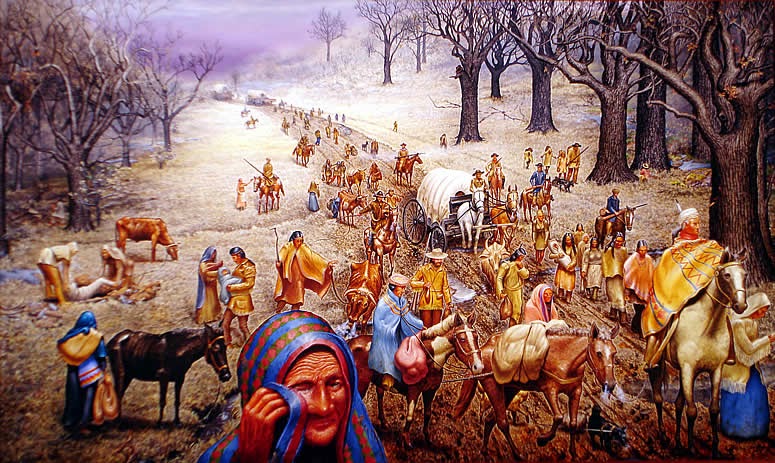Topography & Agriculture
The Great Plains has a topography of rolling hills and a significant agricultural economy. This region's main export crop is wheat - the United States provides approximately 90% of the world's wheat supply, of which 60% is grown in the Great Plains.
Farmers of the Great Plains region have two growing seasons for wheat, one for Spring Wheat and another for Hard Winter Wheat.
Weather
Weather in the Great Plains region is variable from day to day. Tornadoes are a large part of the lives of those living in the Great Plains. Tornadoes are more prevalent in the southern portion of this area as well as what is known as "Tornado Alley." This video showcases one such tornado:
Settlement
The original inhabitants of the region, known as the Plains Indians, were found throughout the Great Plains area. The first Europeans to settle in the region created their economic base through bison hunting, nearly rendering the species extinct in the process.
In recent years, the Great Plains has experienced population loss, particularly among this nation's youth. There is not an abundance of economic or cultural opportunities within the region, and so the younger generations turn to where these opportunities do exist, such as New York City.
Works Cited -
http://plainshumanities.unl.edu/encyclopedia/











